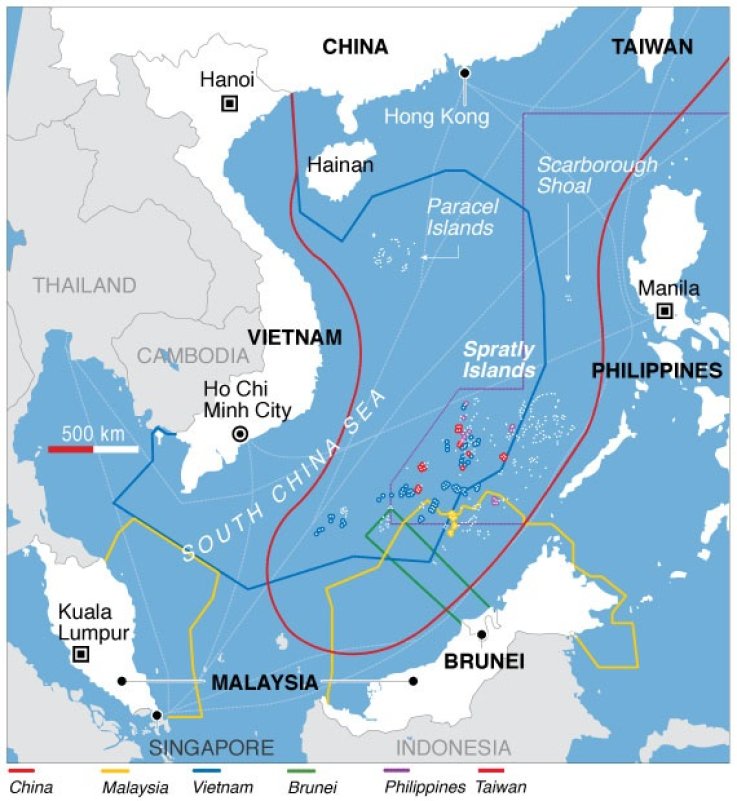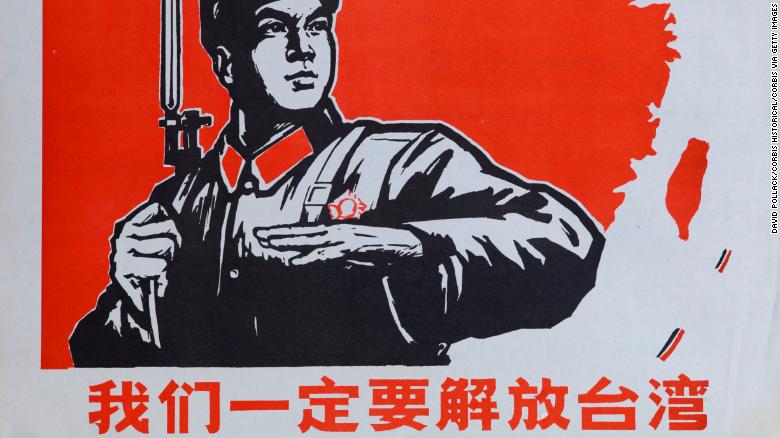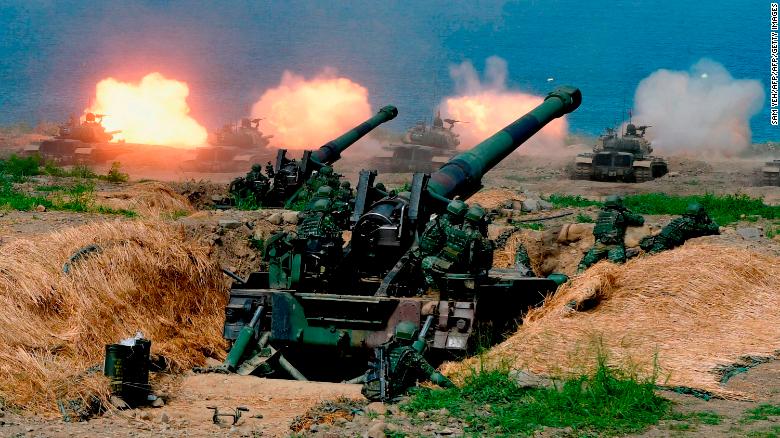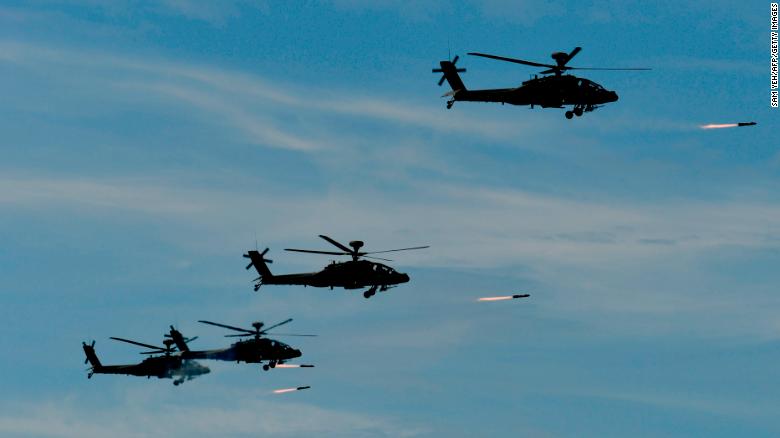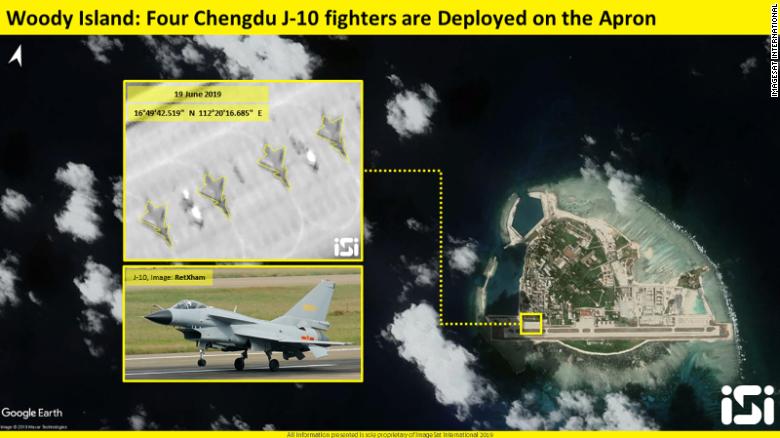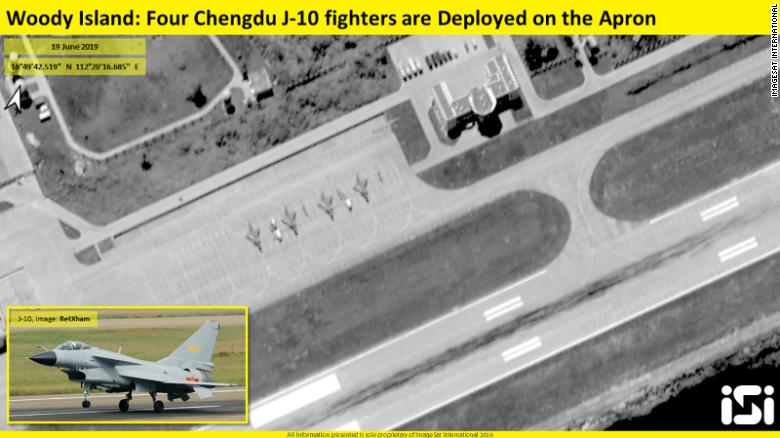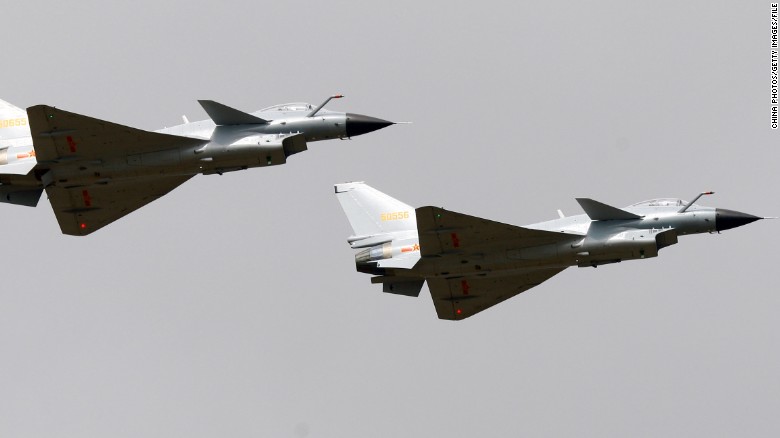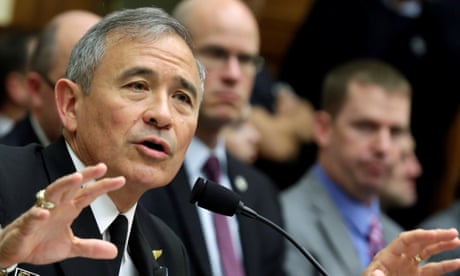But not only is it possible, it’s happened before. Only things were very different back then.
China was facing an economic collapse in the early 1960s in the years following the Great Leap Forward.
The country was struggling to feed its people, let alone support an all-out war.
India, on the other hand, was on an economic upturn.
Militarily, however, India was unprepared and could only field 14,000 troops, compared to China’s exhaustive manpower.
In 1962, Chinese Communist leader Mao Zedong invaded India for granting asylum to the Dalai Lama and not supporting the Chinese occupation of Tibet (Indian Prime Minister Jawaharlal Nehru was an outspoken critic of the occupation).
The Chinese won the harsh mountain war, fought without navies or air forces, at 14,000 feet.
Mao later told Sri Lankan and Swedish delegations the war was essentially
to teach India a lesson.
Potential causes of a new Sino-Indian war

The 1962 war only lasted a month, resulting in slight border changes and a now-ongoing dispute on just where the border is — namely in two areas called Aksai Chin and Arunachal Pradesh, which could re-spark a conflict today.
But any border disputes could turn the mountainous region hot.
The most recent standoff in August 2017 was about an obscure plateau in the Himalayan Doklam Plateau region, which borders India, China, and Bhutan.
India supports Bhutan’s claim to the area, while both major powers have scores of troops in the region.
The spark for that standoff is an unfinished road from China.
China also supports India’s arch rival Pakistan, turning any conflict into a potential two-front war. But India doesn’t take it all laying down.
Indian Prime Minister Narendra Modi confronted China’s assertiveness from his first day in office — when he invited the exiled Tibetan government to his swearing-in ceremony.
A map of Doklam, a disputed area between China, India, and Bhutan.
The two countries clashed along their border several times, including one incident over Tibet in 1967 and another near miss 1987 over Arunachal.
There were also smaller incidents in 2013 and 2014 in Ladakh, where India has since loaded the area with infantry, tanks, and reserves to be prepared for any potential aggression from China.
But the very likely spark that could drive the two Asian giants to war could come from a clash over resources.
In this case it wouldn’t be over oil, it would be over water.
Both countries have an eye on the fresh water and hydroelectric power from the Brahmaputra River.
Water is not the only resource in question, though.
Earlier in 2016, China prevented India’s membership in the Nuclear Suppliers Group, which controls the trade of nuclear material and tech.
Technology and numbers

A pilot in the cockpit of a Jian-10 fighter jet at Yangcun Air Force base on the outskirts of Tianjin municipality, April 13, 2010, during a media trip to the 24th Air Force Division of the People's Liberation Army.
Ranked number three on the same scale, China’s armed forces have 2.3 million active troops with another 2.3 million in reserve.
China’s technology is superior to India’s, but not by much.
The Chinese air forces also vastly outnumber India’s somewhat antiquated air force.
The Chinese also have a homegrown version of the F-35, which can outmatch India’s 50-year-old MiG-21s.
The Chinese J-20 is currently the best for Chinese air superiority, if it’s operational in time for such a conflict.
India is working with Russia on developing a 5th-generation Sukhoi fighter with capabilities similar to the American F-22.
But the Indian air force has been outnumbered and outclassed on many occasions and still came up with a win.
Training and experience count for a lot. More on that in a minute.
 The Indian Navy's Scorpene submarine INS Kalvari escorted by tugboats as it arrives at Mazagon Docks Ltd, a naval-vessel ship-building yard, in Mumbai, India, October 29, 2015.
The Indian Navy's Scorpene submarine INS Kalvari escorted by tugboats as it arrives at Mazagon Docks Ltd, a naval-vessel ship-building yard, in Mumbai, India, October 29, 2015.
India’s Navy matches China’s with two aircraft carrier groups but China still edges India in technological capability — barely.
China also dwarfs India’s tank and submarine corps, with five times as many of each. China also has twice as many warships and military aircraft.
India’s advantage is that, despite China’s superiority in merchant marine, its sea lanes come very close to Indian waters.
This would force the Chinese to divert ships used for a blockade to protect their shipping.
This is why both countries invest in developing submarines and anti-sub technology.
No matter what, the air and sea war would be a slugfest.
Even so, the primary conflict would likely be between two land armies.
Or three if Pakistan decides to take advantage of the situation.
Joota on the ground
 Chinese paramilitary policemen take an oath ahead of the 96th anniversary of the founding of the Communist Party of China (CPC) in Kunming, Yunnan province, China.
Chinese paramilitary policemen take an oath ahead of the 96th anniversary of the founding of the Communist Party of China (CPC) in Kunming, Yunnan province, China.
The problem with the major border disputes is that the border in question is high in the Himalayas, making quick thrusts and land grabs unlikely.
A large disparity in ground troops between the opposing forces will decide who advances.
China may have the manpower to make taking the disputed provinces possible.
A significant difference in India’s favor is that its troops are battle-hardened and have a long tradition of fighting to defend India’s borders.
The Indian Army has been fighting Pakistan, terrorism, and a host of insurgencies for decades.
Its last war ended in 1999, and it has employed significant paramilitary and special operations forces ever since.
The Chinese haven’t seen real fighting since the 1979 war with Vietnam.
That war lasted just shy of four weeks, with each side claiming victory.
The Chinese wanted to punish Vietnam for being in the Soviet sphere while proving to the world the USSR could not protect its allies.
It didn’t work.
The Vietnamese repelled the Chinese People’s Liberation Army using only border militias.
 India's Rapid Action Force (RAF) personnel pose for pictures inside their base camp in New Delhi, November 6, 2014.
India's Rapid Action Force (RAF) personnel pose for pictures inside their base camp in New Delhi, November 6, 2014.
The truth is, the Chinese PLA, for all its growth and advances in technology, has not truly been tested since the Korean War.
China’s biggest equalizer is its ballistic missile force, capable of hitting well inside India.
China’s biggest advantage is its economy.
If it suffers no sanctions as a result of an invasion, it could sustain a protracted war much longer than India.
In this instance, India’s best hope is to strangle Chinese shipping using its sizable submarine force. India sits with its boot on the neck of the Chinese economy.
If it came to a nuclear exchange, India would not fare well.
China has a stockpile of ballistic missiles and with major Indian cities so close to the Chinese border, it doesn’t even need longer-ranged weapons to annihilate major urban centers.
Conversely, India has few of these and primary targets in China are much further away.
Luckily, both countries have a “no first use” policy, making a nuclear exchange unlikely.
How it plays out
 An officer from the Indian Central Reserve Police Force during preparations for Republic Day parade, near the Presidential Palace in New Delhi, India, January 12, 2016. India marks Republic Day on January 26.
An officer from the Indian Central Reserve Police Force during preparations for Republic Day parade, near the Presidential Palace in New Delhi, India, January 12, 2016. India marks Republic Day on January 26.
India invading China is highly unlikely.
The Indian Army would not have the ground force necessary to drive through the Himalayas and sustain such a push.
This war would be fought with light infantry, mountain troops, and light armor.
China has the advantage in numbers, but India has experienced veteran soldiers.
Even aircraft would have trouble fighting in these mountains, but the Indian Army has developed specialized attack helicopters just for this purpose: the HAL Druv and HAL Light Attack helicopters.
China has very few airfields in the area, which would limit its ability to provide air cover, whereas India’s Air Force maintains considerable assets in the area.
India also has multiple layers of anti-air and anti-missile defense and is developing more.
China would have to get the bulk of its ground forces across the Himalayas as fast as possible, or the war would grind to a halt.
Any halt to the Chinese advance would be a de facto win for India.
China would have to completely capture the disputed territories and move into India to be able to claim victory.
China’s only real chance to progress into the subcontinent is to perform an Inchon landing-style maneuver from the sea, but that would require going through India’s submarine force unopposed.
 Soldiers from a special unit of the People's Armed Police in Xinjiang at a training session in Kashgar, Xinjiang Uighur Autonomous Region, China.
Soldiers from a special unit of the People's Armed Police in Xinjiang at a training session in Kashgar, Xinjiang Uighur Autonomous Region, China.
Frankly, any conflict between the two would be explosive and bloody, requiring a lot of manpower and ending with a massive loss of life.
The geography and population density between the two countries makes both of them unconquerable.


/cdn.vox-cdn.com/uploads/chorus_image/image/64897680/1150820715.jpg.0.jpg)

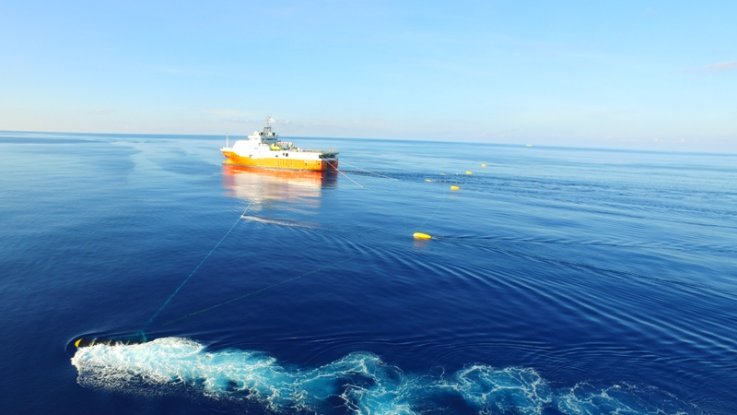 Chinese survey vessel Haiyang Dizhi 8 conducts research on behalf of the Guangzhou Marine Geological Survey in this photo shared July 25, 2018. The ship once again entered what Vietnam's exclusive economic zone near Vanguard Bank of South China Sea's Spratly Islands on August 13 of this year.
Chinese survey vessel Haiyang Dizhi 8 conducts research on behalf of the Guangzhou Marine Geological Survey in this photo shared July 25, 2018. The ship once again entered what Vietnam's exclusive economic zone near Vanguard Bank of South China Sea's Spratly Islands on August 13 of this year.